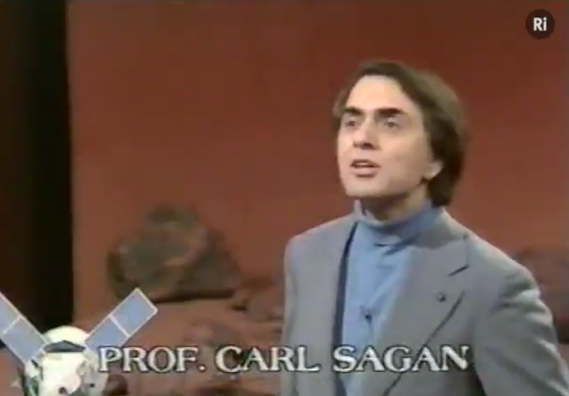 We all talk a good game about slowing down sometimes… taking the time to better examine what’s around us. For those of us in communications it’s often something we want our audience to do – to take the time to consider what we have to offer or to better consider what we are trying to communicate.
We all talk a good game about slowing down sometimes… taking the time to better examine what’s around us. For those of us in communications it’s often something we want our audience to do – to take the time to consider what we have to offer or to better consider what we are trying to communicate. Heiner Goebbels ‘Stifter’s Dinge’, now running at the P3 industrial space in London achieves what many crave – and perhaps gives some clues for communicators.
It’s an opportunity to meet the futures of music, theatre, performance and art installation, courtesy of Artangel (http://www.artangel.org.uk/). It’s a spellbinding blend of word, music and vision featuring five electronically programmed pianos and an extraordinary variety of digitally actuated sounds – from huge plastic pipes to plant containers and a supermarket bag. The natural world is explored – a forest of ice, rain on pools, the fizzing of life beneath the water’s surface.
It’s a triumph of the imagination and a must see for anyone fascinated by how experiential boundaries can be stretched. Described as a performance without performers by Goebbels, the pianos do make a gesture of appreciation to the audience as the piece ends.
Unmissable – and vividly memorable. ABD
























